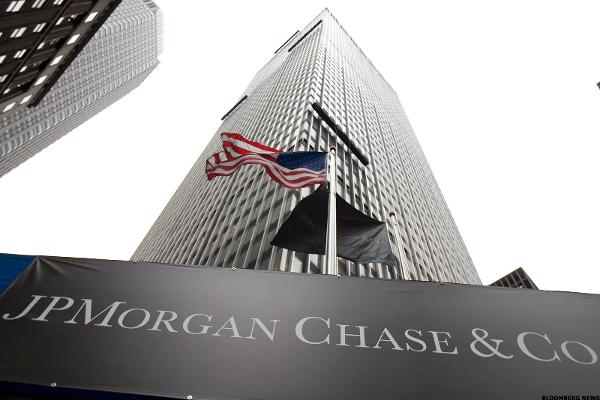-
Tips for becoming a good boxer - November 6, 2020
-
7 expert tips for making your hens night a memorable one - November 6, 2020
-
5 reasons to host your Christmas party on a cruise boat - November 6, 2020
-
What to do when you’re charged with a crime - November 6, 2020
-
Should you get one or multiple dogs? Here’s all you need to know - November 3, 2020
-
A Guide: How to Build Your Very Own Magic Mirror - February 14, 2019
-
Our Top Inspirational Baseball Stars - November 24, 2018
-
Five Tech Tools That Will Help You Turn Your Blog into a Business - November 24, 2018
-
How to Indulge on Vacation without Expanding Your Waist - November 9, 2018
-
5 Strategies for Businesses to Appeal to Today’s Increasingly Mobile-Crazed Customers - November 9, 2018
Fed directs 8 biggest USA banks to hold extra capital
The Federal Reserve System has approved a new rule which requires eight key banks in the US to hold additional capital buffers in a bid to avoid a major financial collapse. The extra capital requirements, or surcharges, range from 1 percent to 4.5 percent of the banks’ risk-weighted assets, leaving the firms to choose between expensive capital demands or getting smaller. The ruling establishes minimum holdings among what the Fed dubs global systemically important banks, or GSIBs, the firms with the most risk-based endeavors.
Advertisement
The Federal Reserve will meet on Monday to adopt a new rule for the eight largest USA banks to hold more equity capital, amid fears on Wall Street that the measure may make it less profitable. Among the bank’s impacted by the surcharge are J.P. Morgan Chase (JPM), Citigroup (C) and Bank of America (BAC).
The other banks subject to the capital requirements are Goldman Sachs, Wells Fargo, Morgan Stanley, Bank of New York Mellon and State Street Bank. The US central bank is allowing GE capital to meet the standards in two phases. The new surcharge will begin being phased in at the beginning of 2016.
Regulators want US banks whose failure could threaten markets to fund themselves more with shareholder equity, and less with borrowed funds.
The rule is based on an international accord reached by the multi-nation Basel Committee on Banking Supervision.
The Fed also issued final rules for GE Capital, considered a nonbank systemically important financial institution, or SIFI.
The so-called “risk-based capital surcharge” would apply to banks with at least $250 billion in total assets, or at least $10 billion in foreign exposure, that rely heavily on short-term wholesale funding, including overnight loans.
The Fed also laid out how it would oversee General Electric Capital Corp (GEB.N), the financial arm of GE (GE.N), one of four non-bank firms the Fed is overseeing after the crisis because of their significance to the overall system. But banks continued to grumble that the surcharge was an unfair burden on their business.
The Fed said in December it was looking into factoring surcharges into the tests, though that would require a separate rule.
Because they’re determined by data that will change over time, actual rates and amounts may be different, the Fed said. GE Capital is subject to Fed oversight because it’s been designated a systemically important non-bank by the Financial Stability oversight Council, a group of USA regulators, so the governors needed to act on the plan, even as they acknowledged the company is slashing the size and scope of the finance unit’s activities.
“We’re not capital short”, James Gorman, Morgan Stanley’s chief executive, said during a conference call on Monday before the Fed’s final rule was released. Starting next January, the company must comply with a few capital, liquidity and reporting requirements. The rates are calculated under two methods that gauge the company’s size, interconnectedness and complexity, and banks must use whichever is highest.
Advertisement
GE said in April it plans to exit most of its lending operations.





























